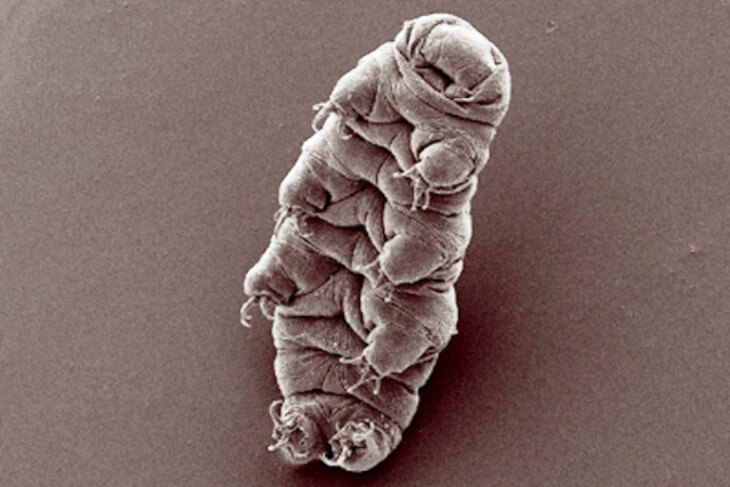- Get link
- X
- Other Apps

Japanese scientists have reported a successful return to the life of the animal, which has been frozen for the past 30 years. The successful completion of the experiment was reported by the National Polar Research Institute in Tokyo. The object of the experiment was the sluggish, which scientists found in the Antarctic more than 30 years ago.
The sluggish, also known as the “water bear”, are very small creatures. The length of their bodies rarely exceeds 1 millimeter. This creature is rightly considered one of the most enduring living organisms on Earth. They are absolutely indifferent to the most severe conditions. They easily survive a nuclear explosion and even being in space in a vacuum. During the experiment, the sluggish for 20 months kept being in liquid oxygen at a temperature of -193 degrees Celsius, eight-hour cooling with liquid helium with a temperature of -271 degrees Celsius, successfully transferred heating to 100 degrees Celsius. When exposed to ionizing radiation of 570,000 x-rays, only 50 percent of the slow-moving were killed. For a person, we recall, a 5,000th X-ray is a lethal dose of radiation.

According to a recent study published in the journal Cryobiology, Japanese scientists found sluggishness in moss during an expedition to the Antarctic in 1983. Scientists decided to conduct an experiment and froze the creatures to a temperature of -20 degrees Celsius. In May 2014 they were successfully defrosted.
“Tikhohodka successfully adapted to life after it was defrosted. Everything is going according to plan, ”one of the scientists from the National Institute of Japan shared with the publication The Independent.
But the most interesting thing is that the slow-moving tiller after some time gave birth to offspring, laying 19 eggs, 14 of which hatched successfully. No defects or anomalies among the people of the slow-moving people were noted by scientists.
Previously, scientists have frozen other slow-moving animals for 9 years, after which they were successfully resurrected, however, this is the first time that a living creature has been brought back to life after more than 30 years of cryosvia.
The article is based on materials .
- Get link
- X
- Other Apps
Comments
Post a Comment